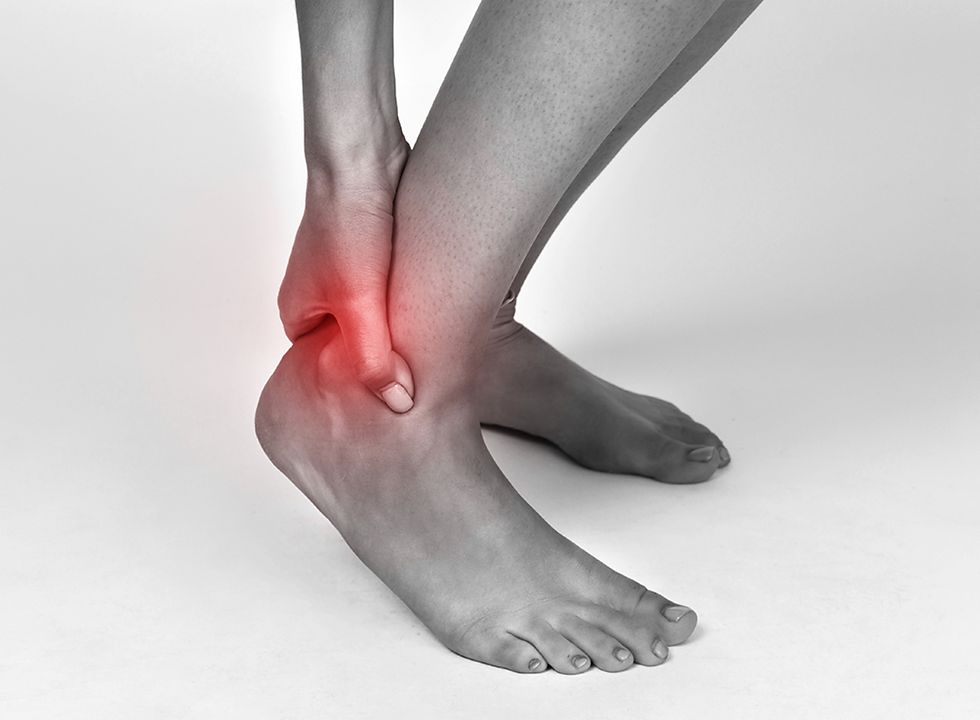Fractures: Give me a break
- Christopher nour

- Nov 28, 2023
- 2 min read
A fracture is a break in a bone caused by injury, trauma, or a medical condition such as osteoporosis. Fractures can range from simple, small cracks in the bone to complex breaks that affect multiple parts of the bone.

Symptoms of a fracture may include:
Pain in the affected area, especially when applying pressure or weight to the area
Swelling or bruising in the affected area
Difficulty moving the affected limb or joint
Deformity or a noticeable change in the shape of the affected limb or joint
Fractures can take several weeks to several months to heal, depending on the severity of the injury and the age and overall health of the patient. Treatment for fractures typically involves rest, immobilisation, and, in some cases, surgery.
Physiotherapy is an important component of the treatment for fractures and can help to:
Reduce pain and swelling through the use of heat and cold therapy
Improve range of motion through gentle stretching and exercises
Strengthen the muscles surrounding the affected limb or joint to improve stability and reduce the risk of reinjury
Prevent muscle wasting and improve overall function
Our physiotherapists will work with the patient to develop an individualised treatment plan that takes into account the severity of the fracture, the patient's overall health, and their goals for recovery.
The initial stages of physiotherapy for fractures typically focus on reducing pain and swelling, and improving range of motion. Our therapists may use manual therapy techniques, such as massage and joint mobilisation, to help reduce pain and swelling and improve mobility. Our physiotherapists will also guide the patient through a series of gentle stretching and range of motion exercises to help improve flexibility.
As the fracture begins to heal and the patient's pain and range of motion improve, our therapists will focus on strengthening the muscles surrounding the affected limb or joint. This is important to help provide stability to the limb or joint and reduce the risk of reinjury. Our physiotherapists may also teach the patient exercises to perform at home to continue the progress made during therapy sessions.
In addition to physiotherapy, self-care is also important for the treatment of fractures. This may include:
Resting the affected limb or joint as much as possible
Following the doctor's instructions for immobilisation, such as using crutches, a brace, or a cast
Taking over-the-counter pain medications, such as ibuprofen or acetaminophen, as directed
Engaging in low-impact activities, such as swimming or cycling, to maintain overall fitness
It is important to note that the treatment for fractures can take several weeks to several months to complete, depending on the severity of the fracture and the patient's overall health. However, with the right treatment and support, most people are able to reduce their pain and improve their limb or joint function.
Fractures can cause significant pain and limitations in daily activities, but with the right treatment and support, it is possible to reduce pain and improve function. Physiotherapy is a crucial component of the treatment for fractures and can help to reduce pain, improve range of motion, and strengthen the muscles surrounding the affected limb or joint. If you are experiencing symptoms of a fracture, it is important to seek medical attention to get an accurate diagnosis and develop an effective treatment plan. Contact us today to start your treatment plan!



Comments